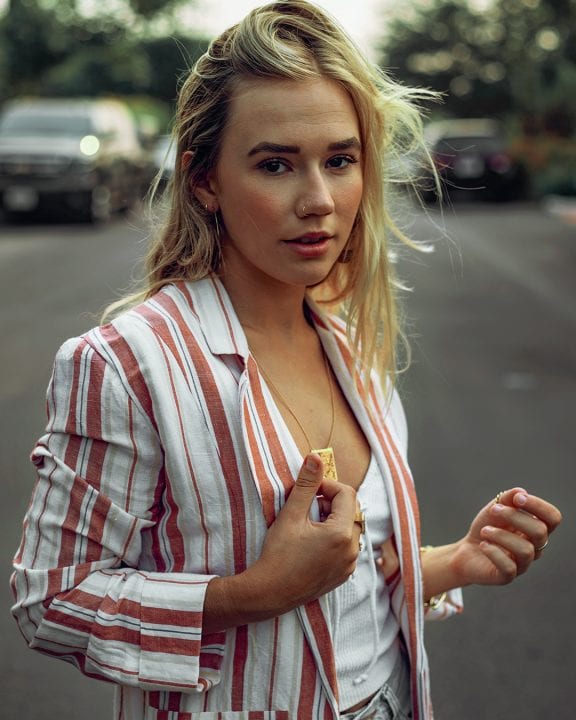Let’s be honest and admit that many communities love using abbreviations that often make beginners confused. Today’s article is about AF-S and AF-C, the importance of focus in photography and other autofocus modes.
A brief introduction to focus
Almost every camera you come across will have an autofocus system, which is often a bit hard to understand.
The thing is, the focus on a photo is essential. You will find it extremely hard to debunk what a photograph means if the entire image is blurry beyond repair, right?
But when you nail the focus just right, you will eventually end up with a stunning picture. It gives you the same satisfaction when you wipe the rain off your windshield. Everything becomes crystal clear and understandable in an instant.
You may argue that “it’s for the artistic look,” well, I would say the opposite. That argument will only work if you are taking a portrait or a bokeh image. Take note that the “blur” on these genres are on purpose, not “coincidentally” there.
Differences between AF-C and AF-S
Every time you set your digital camera lens to autofocus, it will give you several modes. The most popular modes are AF-C and AF-S. Depending on your camera, these might be referred to as C-AF and S-AF, too. But they mean the same thing.

AF-C was often called the “Continuous Servo AF.” Nowadays, it is commonly known as continuous autofocus. You will find this mode handy if your subjects love to move around. If you take photos of dancing models, moving vehicles or anything that moves, then this mode is just for you.

In this mode, the focus will stay on the subject if you hold the shutter button halfway down. It will continuously focus on the subject as they move. Just make sure to hold it halfway down.
On the contrary, AF-S is not suitable when taking pictures of moving subjects. AF-S being the abbreviation for single autofocus. This is best used when photographing subjects that stay still or do not move in general.
It locks onto your non-moving subject or objects you want to photograph once you hold the shutter. At this moment, feel free to recompose and take the photograph — just don’t move yourself.
High end cameras have further modes. The way these operate will depend on the manufacturer, so you are best reading the manual or watching some YouTube videos on how these other modes work.

Do photographers prefer one focus mode over the other?
They sure do. In most instances when you take a camera out of the box for the first time, its default setting is to use the AF-A. This mode automatically picks the best mode for the photographer. You will probably know where this is going, right?
It is no surprise that photographers rarely trust automatic features. Most photographers prefer to make the call themselves.
Every mode has its advantage and is driven toward different audiences.
In general, the automatic feature that lets the camera choose the optimal focus for the user is geared toward beginners. In contrast, the AF-S and AF-C options are catered to those who know what they are doing.
Then there is the anomaly — manual focus. This mode is available on almost every modern camera and enables photographers to adjust the focus manually. Manual focus needs some practice, time and knowledge to use.
To recap, photographers use different autofocus modes depending on their subject. They use AF-S to shoot subjects that do not move, while moving subjects are usually shot using AF-C. Most photographers rarely use AF-A and sometimes are in a situation where manual focus is best.
Practice each mode in different scenarios to see which one suits you best.
Tell your story with the second annual Visual Storytelling Conference!
Experience four days of interactive, online training sessions featuring a range of educational content with experienced photographers and content creators. This free event kicks off with a series of technical boot camps to build essential skills, followed by live, online sessions on photography, video, business and social media. Join live from March 10-13, 2022!
